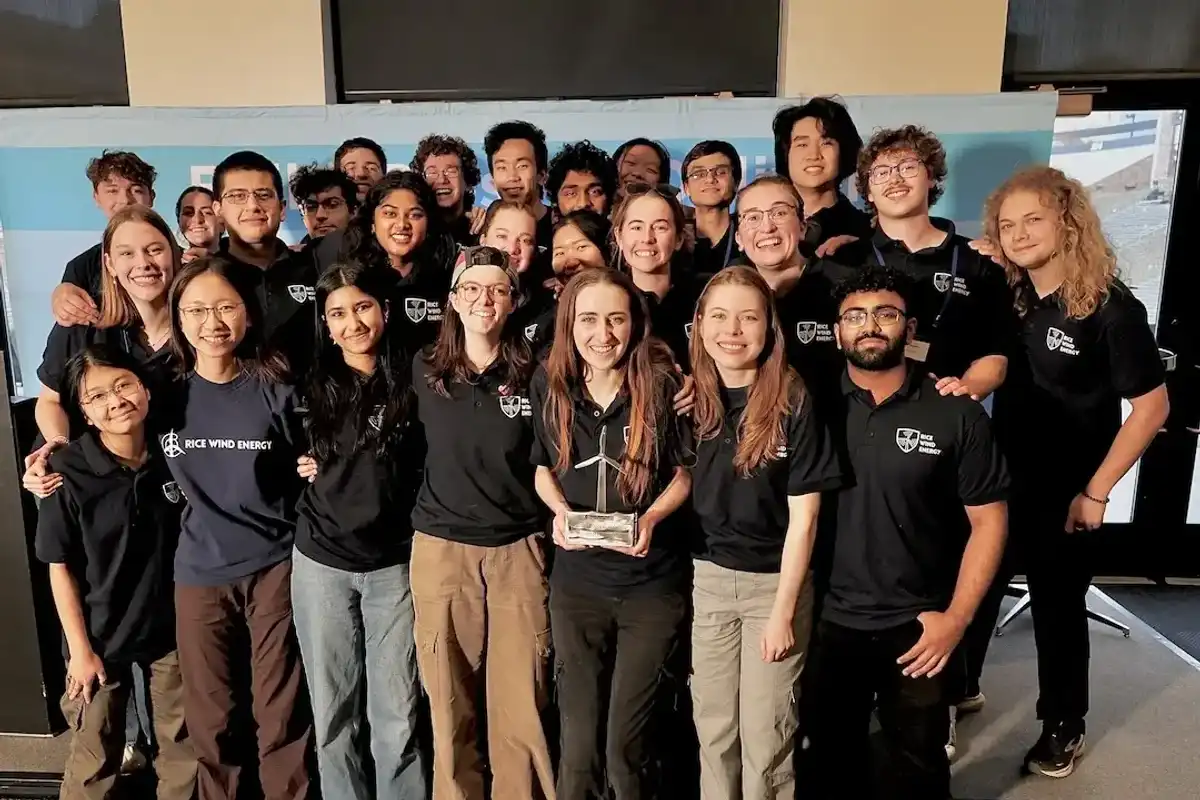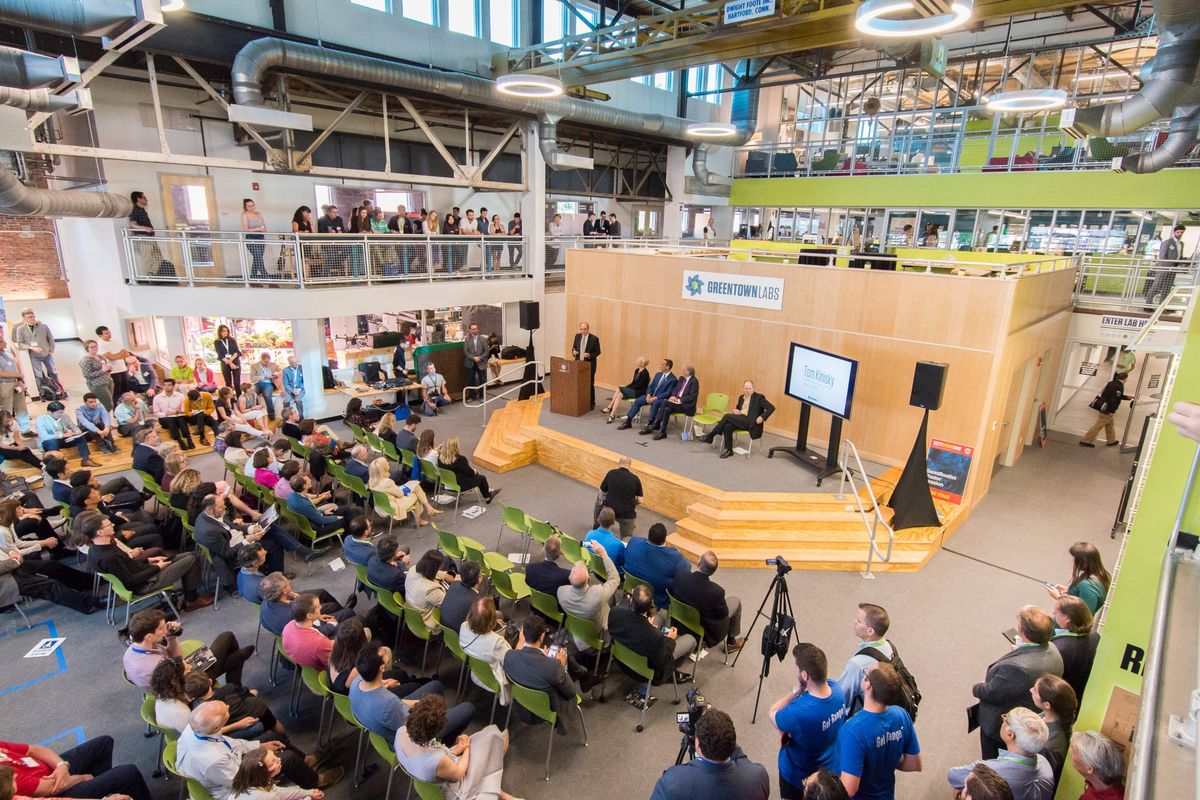How Planckton Data is building the sustainability label every industry will need
now streaming
There’s a reason “carbon footprint” became a buzzword. It sounds like something we should know. Something we should measure. Something that should be printed next to the calorie count on a label.
But unlike calories, a carbon footprint isn’t universal, standardized, or easy to calculate. In fact, for most companies—especially in energy and heavy industry—it’s still a black box.
That’s the problem Planckton Data is solving.
On this episode of the Energy Tech Startups Podcast, Planckton Data co-founders Robin Goswami and Sandeep Roy sit down to explain how they’re turning complex, inconsistent, and often incomplete emissions data into usable insight. Not for PR. Not for green washing. For real operational and regulatory decisions.
And they’re doing it in a way that turns sustainability from a compliance burden into a competitive advantage.
From calories to carbon: The label analogy that actually works
If you’ve ever picked up two snack bars and compared their calorie counts, you’ve made a decision based on transparency. Robin and Sandeep want that same kind of clarity for industrial products.
Whether it’s a shampoo bottle, a plastic feedstock, or a specialty chemical—there’s now consumer and regulatory pressure to know exactly how sustainable a product is. And to report it.
But that’s where the simplicity ends.
Because unlike food labels, carbon labels can’t be standardized across a single factory. They depend on where and how a product was made, what inputs were used, how far it traveled, and what method was used to calculate the data.
Even two otherwise identical chemicals—one sourced from a refinery in Texas and the other in Europe—can carry very different carbon footprints, depending on logistics, local emission factors, and energy sources.
Planckton’s solution is built to handle exactly this level of complexity.
AI that doesn’t just analyze
For most companies, supply chain emissions data is scattered, outdated, and full of gaps.
That’s where Planckton’s use of AI becomes transformative.
- It standardizes data from multiple suppliers, geographies, and formats.
- It uses probabilistic models to fill in the blanks when suppliers don’t provide details.
- It applies industry-specific product category rules (PCRs) and aligns them with evolving global frameworks like ISO standards and GHG Protocol.
- It helps companies model decarbonization pathways, not just calculate baselines.
This isn’t generative AI for show. It’s applied machine learning with a purpose: helping large industrial players move from reporting to real action.
And it’s not a side tool. For many of Planckton’s clients, it’s becoming the foundation of their sustainability strategy.
From boardrooms to smokestacks: Where the pressure is coming from
Planckton isn’t just chasing early adopters. They’re helping midstream and upstream industrial suppliers respond to pressure coming from two directions:
- Downstream consumer brands—especially in cosmetics, retail, and CPG—are demanding footprint data from every input supplier.
- Upstream regulations—especially in Europe—are introducing reporting requirements, carbon taxes, and supply chain disclosure laws.
The team gave a real-world example: a shampoo brand wants to differentiate based on lower emissions. That pressure flows up the value chain to the chemical suppliers. Who, in turn, must track data back to their own suppliers.
It’s a game of carbon traceability—and Planckton helps make it possible.
Why Planckton focused on chemicals first
With backgrounds at Infosys and McKinsey, Robin and Sandeep know how to navigate large-scale digital transformations. They also know that industry specificity matters—especially in sustainability.
So they chose to focus first on the chemicals sector—a space where:
- Supply chains are complex and often opaque.
- Product formulations are sensitive.
- And pressure from cosmetics, packaging, and consumer brands is pushing for measurable, auditable impact data.
It’s a wedge into other verticals like energy, plastics, fertilizers, and industrial manufacturing—but one that’s already showing results.
Carbon accounting needs a financial system
What makes this conversation unique isn’t just the product. It’s the co-founders’ view of the ecosystem.
They see a world where sustainability reporting becomes as robust as financial reporting. Where every company knows its Scope 1, 2, and 3 emissions the way it knows revenue, gross margin, and EBITDA.
But that world doesn’t exist yet. The data infrastructure isn’t there. The standards are still in flux. And the tooling—until recently—was clunky, manual, and impossible to scale.
Planckton is building that infrastructure—starting with the industries that need it most.
Houston as a launchpad (not just a legacy hub)
Though Planckton has global ambitions, its roots in Houston matter.
The city’s legacy in energy and chemicals gives it a unique edge in understanding real-world industrial challenges. And the growing ecosystem around energy transition—investors, incubators, and founders—is helping companies like Planckton move fast.
“We thought we’d have to move to San Francisco,” Robin shares. “But the resources we needed were already here—just waiting to be activated.”
The future of sustainability is measurable—and monetizable
The takeaway from this episode is clear: measuring your carbon footprint isn’t just good PR—it’s increasingly tied to market access, regulatory approval, and bottom-line efficiency.
And the companies that embrace this shift now—using platforms like Planckton—won’t just stay compliant. They’ll gain a competitive edge.
Listen to the full conversation with Planckton Data on the Energy Tech Startups Podcast:










